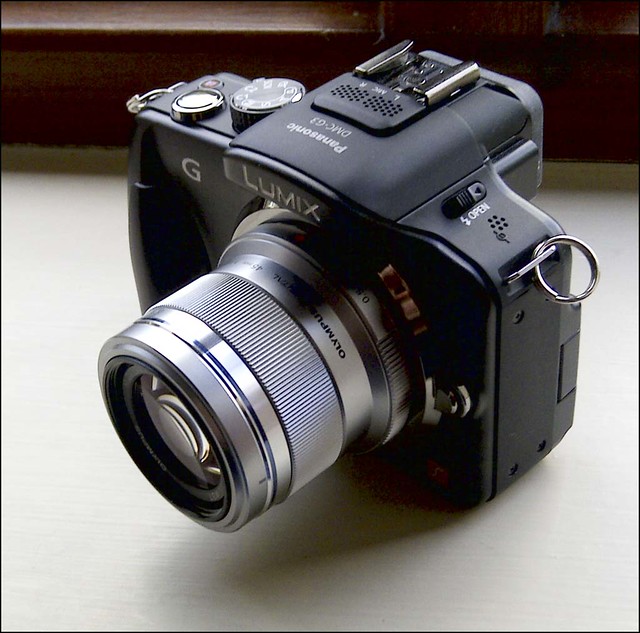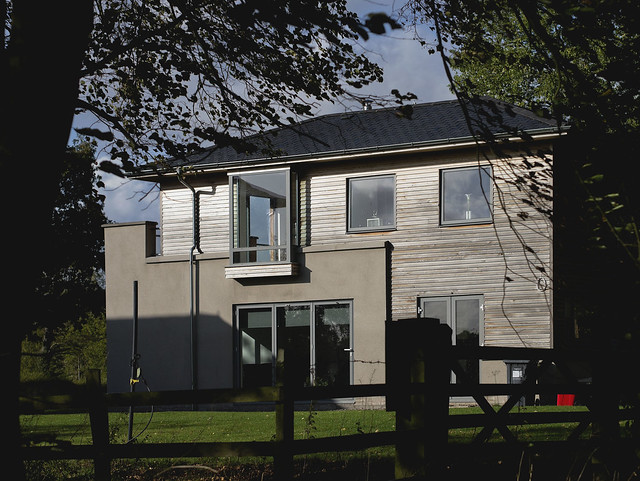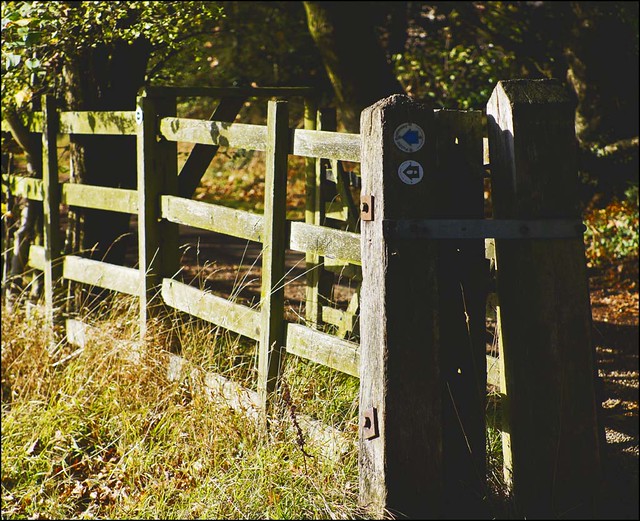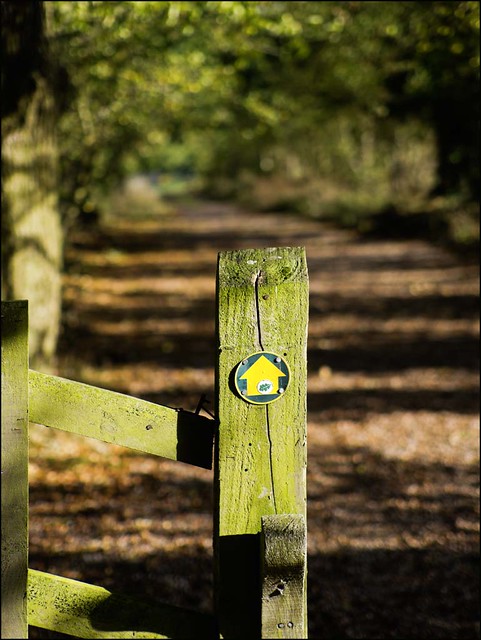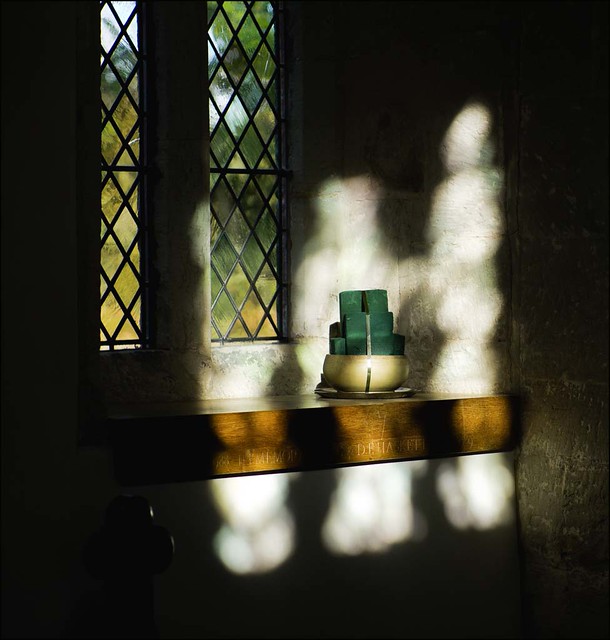Results were equally as sharp, though there was a slight increase in the amount of CA and fringing. Since this is an Olympus lens on a Panasonic camera, thats not surprising.
As before the following samples are viewable at full size via flickr > Actions > View all sizes > Original.
f/1.8
f/1.8
f/1.8
f/1.8
f/1.8
f/1.8
f/5.6
f/1.8
f/1.8
f/3.5
f/3.2
ON LOCATION
I took this combination out for some trial "real world" shooting, and again I was very impressed by the results. Excellent sharpness and resolution at all the apertures I used. The extra size of the G3 sensor really shows just what this lens is capable of.
f/2.8
f/1.8
f/1.8
f/3.5
f/1.8
f/2.2
f/3.2
f/1.8
f/4.5
f/2
f/1.8
f/1.8
As you can see, many of these are taken with the lens wide open at f/1.8. Like the other two fast Panasonic primes, the 20mm f/1.7 and 25mm f/1.4, and the Olympus 12mm f/2 I'm perfectly happy shooting with this lens at its widest aperture. In many cases this aperture on a fast prime lens is a last resort, emergency use only choice for me, due to the often poorer performance. To a large extent Panasonic and Olympus have changed my perception of this. While stopped down, all of the lenses I'm talking about produce better results, the maximum aperture performance is so good that it becomes a real choice for me, and I have no hesitation in selecting it.
SO WHAT DO I THINK?
My feelings after using this lens for a couple of days and carefully scrutinising the files is that there is now little point in using legacy or alternative lenses on my m4/3 cameras. This lens and the 12mm and 25mm fast primes I also have are so good, they make all the "fiddling about" with manual focus lenses redundant.
These m4/3 primes give me AF, they are lighter and they are "matched" to the sensor. When there was a more restricted choice, fast MF primes made sense in many situations, and the M-mount and Nikon lenses I used gave me the best image quality that I could get from the m4/3 sensors at the time. However that has now changed. This 45mm f/1.8 gives me results that are the equal of my Zeiss f/2 T* Planar. Thats not to say that the Zeiss is a "worse" lens, its not, but this Olympus lens is made to work with the sensors on my G3 and E-P3. My Zeiss lens was made to work with film cameras.
The Olympus 45mm f/1.8 is a superb lens and I recommend it unconditionally. I now have a third excellent fast prime lens to use on my m4/3 cameras, and one that I can have full confidence in when I'm looking to achieve the best possible quality. As I said in Part 1, this gives the m4/3 system a real advantage over the other mirrorless / csc / e.v.i.l. alternatives, and means that the 4/3 sensor has the largest range of lens options for a system of this type.
Whatever the relative advantages of an APS-C sensor, and as I've said before I find that often exaggerated, lenses like the 45mm take m4/3 into areas where others cannot go. Fast primes mean lower ISO's and less noise. Given a choice between a zoom at f/4.5 or f/5.6 at ISO 3200 on APS-C and a fast AF prime at ISO 400 on m4/3 I'm going with the latter every time. Add in the small size, lightness and extra sharpness from that prime and many of the perceived advantages of the (slightly) larger sensor are cancelled out.
Other systems may come up with lenses like the 45mm f/1.8 in time, but the Olympus lens is here and capable of tremendous results. If you're looking to give one a try, you won't be disappointed.
